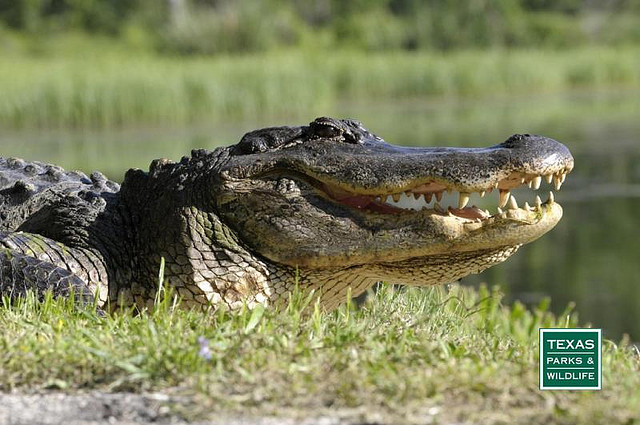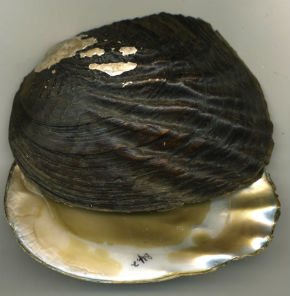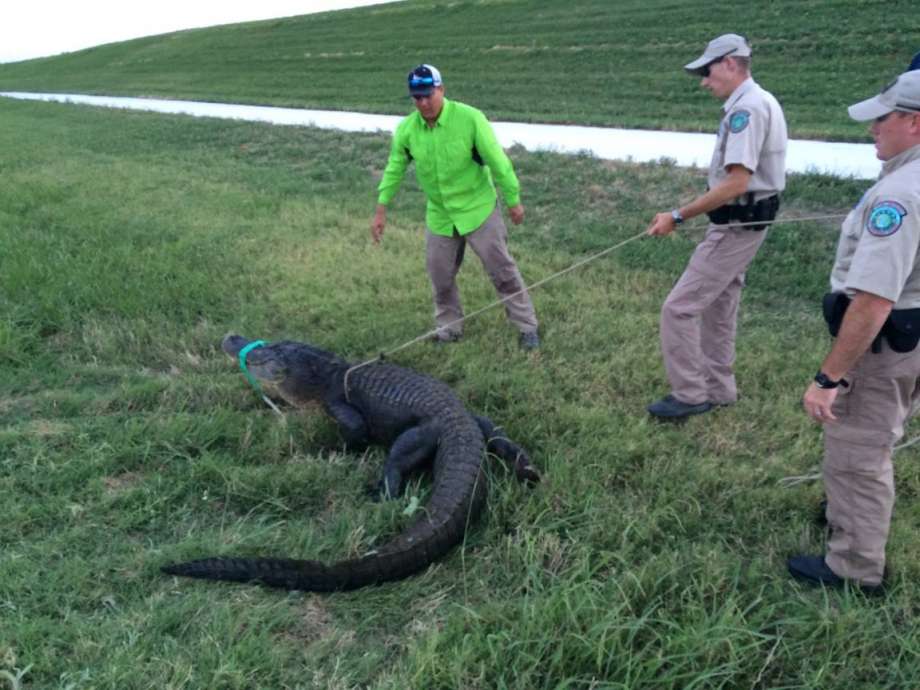Big Time Gator Hunt
Wednesday, October 2nd, 2019This is Passport to Texas
It’s hard to find a hunt that will make your eyes wider and your heart beat faster than looking for alligators in the swamps of East Texas.
American Alligators are a really a conservation success story.
Justin Dreibelbis [Dry-bul-bis] is the Private Lands and Public Hunting Program Director at Texas Parks and Wildlife.
Their populations were very low not very long ago. We now have huntable populations in a number of different places and especially in the Eastern part of our state.
Managing those populations is necessary, and now you have a chance to participate in this conservation effort by entering the Big Time Texas Gator Hunt. One lucky winner and their guest will enjoy three days pursuing legendary alligators at the premier J.D. Murphree Wildlife Management Area.
With the Big Time Gator Hunt, the winner and a hunting guest will be able to enjoy a lot of time out on the airboat with the WMA staff. Be able to get assistance cleaning their gators and also get the opportunity to squeeze in an early Teal hunt, which is a cool opportunity there on the coast.
Like all Big Time Texas Hunts, food and lodging is provided along with on-site transportation and expert guides. To enter online, just go to the Texas Parks and Wildlife website and search for Big Time Texas Hunts.
For Texas Parks and Wildlife…I’m Cecilia Nasti.






 Passport to Texas is a
Passport to Texas is a  Passport to Texas is made available by:
Passport to Texas is made available by: